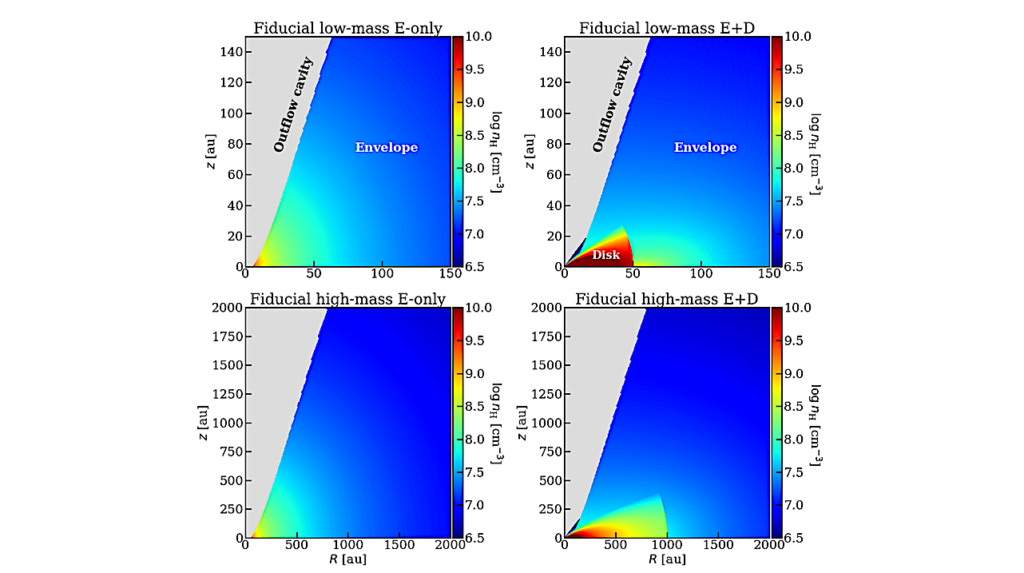Interstellar Detection Of The Simplest Aminocarbyne, H2NC: An Ignored But Abundant Molecule

We report the first identification in space of H2NC, a high-energy isomer of H2CN that has been largely ignored in chemical and astrochemical studies. The observation of various unidentified lines around 72.2 GHz in the cold dark cloud L483 motivated the search for, and successful detection of, additional groups of lines in harmonic relation.
After an exhaustive high-level ab initio screening of possible carriers, we confidently assign the unidentified lines to H2NC based on the good agreement between astronomical and theoretical spectroscopic parameters and sound spectroscopic and astrochemical arguments. The observed frequencies are used to precisely characterize the rotational spectrum of H2NC. This species is also detected in the cold dark cloud B1-b and the z=0.89 galaxy in front of the quasar PKS1830-211. We derive H2NC/H2CN abundance ratios of 1 in L483 and B1-b and 0.27 toward PKS1830-211. Neither H2NC nor H2CN are detected in the dark cloud TMC-1, which seriously questions a previous identification of H2CN in this source.
We suggest that the H2NC/H2CN ratio behaves as the HNC/HCN ratio, with values close to one in cold dense clouds and below one in diffuse clouds. The reactions N + CH3 and C + NH3 emerge as strong candidates to produce H2NC in interstellar clouds. Further studies on these two reactions are needed to evaluate the yield of H2NC. Due to the small number of atoms involved, it should be feasible to constrain the chemistry behind H2NC and H2CN, just as it has been done for HNC and HCN, as this could allow to use the H2NC/H2CN ratio as a probe of chemical or physical conditions of the host clouds.
C. Cabezas, M. Agundez, N. Marcelino, B. Tercero, S. Cuadrado, J. Cernicharo
Comments: Accepted for publication in A&A
Subjects: Astrophysics of Galaxies (astro-ph.GA)
Cite as: arXiv:2107.08389 [astro-ph.GA] (or arXiv:2107.08389v1 [astro-ph.GA] for this version)
Submission history
From: Marcelino Agundez
[v1] Sun, 18 Jul 2021 08:41:38 UTC (587 KB)
https://arxiv.org/abs/2107.08389
Astrobiology, Astrochemistry,








